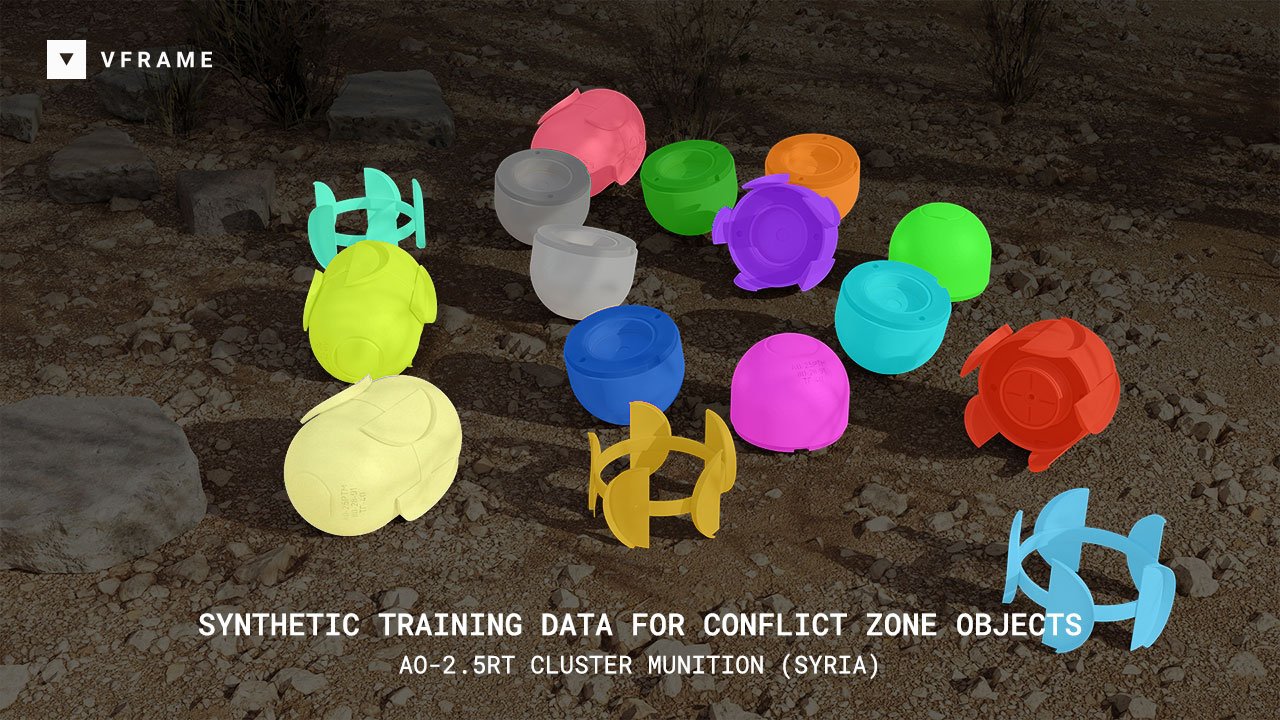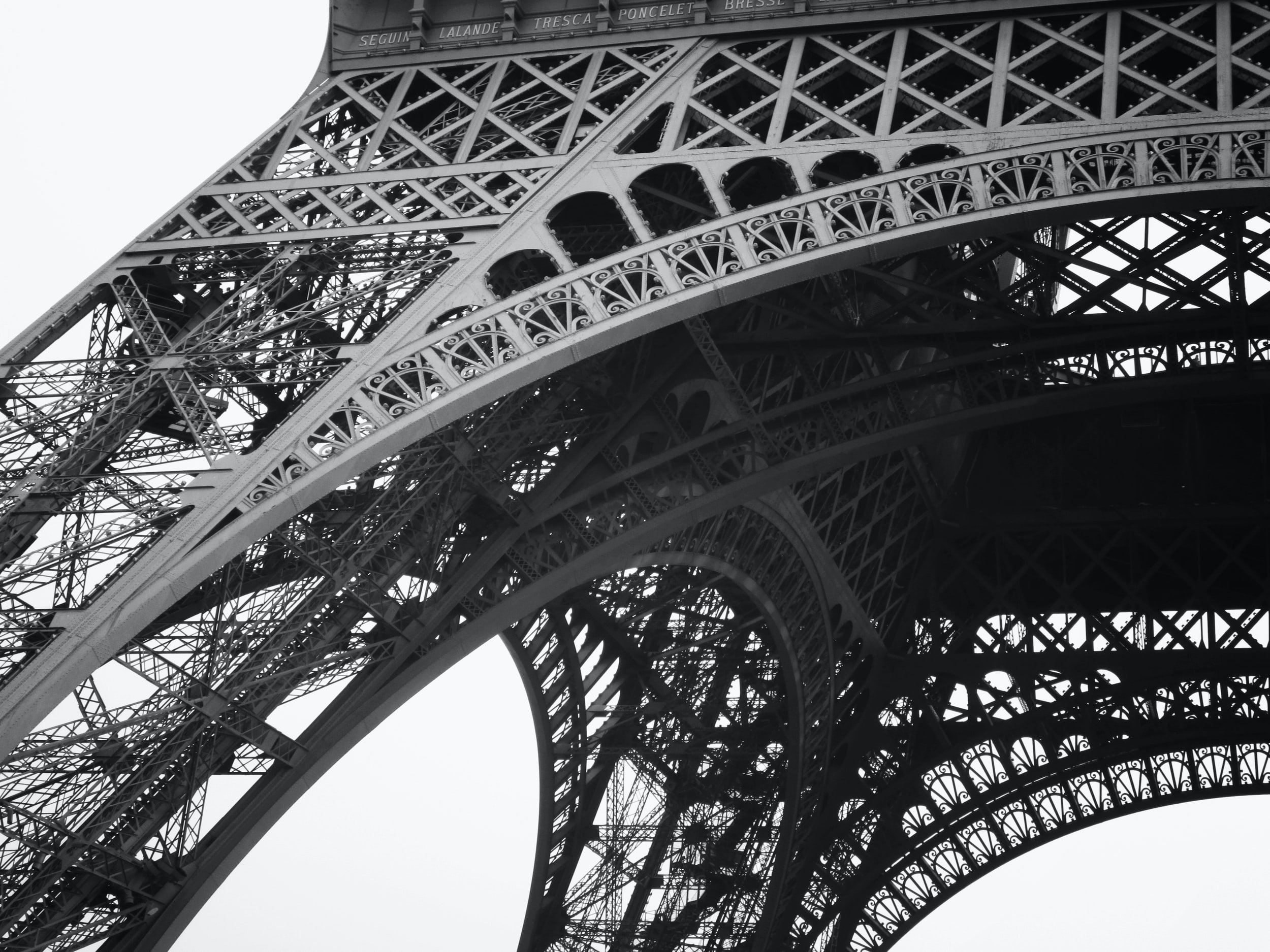
We are seeking submissions on a rolling basis for Heliotrope, a space for publishing short think-&-feel pieces. Heliotrope is a space for scholars and practitioners to explore and share your work — and to ask new questions.
Read more…
'Anthropology of a Phytomorphist', conversation with TJ Shin and Neel Ahuja, moderated by Godfre Leung
Introductory text by Godfre Leung
Theorist Neel Ahuja’s 2015 article “Intimate Atmospheres: Queer Theory in a Time of Extinctions” ends: “At the heart of the body and the future lies the corpse.” This evokes a couplet from artist TJ Shin’s video essay Anthropology of a Phytomorphist (2021–’22): “To be diseased is to be alive/To cure something is to make it dead.” These counterintuitive upendings of the life/death binary issue powerful challenges to anthropocentric temporalities and, more broadly, human-centred discourses, behaviour, and infrastructures.
Un-happy Objects: Coffee and (neo)Colonialism in the Patchy Anthropocene
By Jessica Johnston
September 2022
Surry Hills
I walk into Dan’s café, warmed by his smiling face. The brass edges of the American oak bar glimmer in the sunlight while kids with milk moustaches trace their fingers along the white lettering on the windows. I hear the whirring sound of milk steaming, the light pop of the barista tamping the espresso, transforming fine granules into a syrupy elixir that seems to produce a momentary suspension of time and space in which everything is completely alright in the world.
Technology and Fascism: Lessons from Russia’s Invasion of Ukraine
By Anna Artyushina
On March 28, 1946, Albert Camus gave his famous lecture, The Crisis of Man, at Columbia University. Similar to Hanna Arendt in The Origins of Totalitarianism, he was reflecting on the factors that led so many Europeans to commit unimaginable acts of cruelty. According to Camus, the triumph of bureaucracy in the 20th century made Europeans feel and act less humanely. Arendt demonstrated that totalitarian regimes were highly effective at normalizing negative attitudes toward others and absolving individuals of ethical responsibility for their actions.
Fieldworking from home: Models, minerals, ecologies and cultures of media history
By Matt Parker
Over the past eight years I have developed a research methodology that focuses on multimodal listening in encounters with media infrastructures. I approach the practice of listening as something which can be both auditory and nonauditory; as much a process of cultural technique as an affective response to external stimulus.
Data Infrastructures of the Dead
By Tamara Kneese and Émeline Brulé
My forthcoming book, Death Glitch, highlights the difficulties of handing down digital belongings from one generation to the next. Tangible heirlooms that one might inherit, like a grandmother’s brooch, are generally one-of-a-kind objects. They are marked by patina–or visible age–and the weight of historical, kin-based relationships. Digital remains, however, are composed of data and metadata, reproducible, tied to corporate platforms, and highly changeable.
Karaoke, Animal Print and AI: An interview with Dayna McLeod
By The Environmental Media Lab
EML: Tell us what you’re listening to, watching and reading these days; what concepts you’re drawing from to make art.
DM: So many things! I find comfort in television shows I’ve watched before—they seem safe during these ongoing and never-ending pandemic times.
Counter(media) Visioning and AI: Patrick Brian Smith interviews Adam Harvey on uses, misuses, and the possibility of subversion
By Patrick Smith
What are the uses and misuses of computer vision and artificial intelligence? How can technologies indissolubly wedded to modalities of surveillance and capture be taken up subversively, made to speak back to the technics of state and corporate power?
Turning Data into Poetry: An Interview with Samantha F. Jones
By The Environmental Media Lab
EML: When we heard/saw you present your work at the geography conference (winter 2022), you explained that you used flood data to generate poetry. Can you explain this process?
Landscapes of the Arctic from a Southern City
by Andrew Bateman
The GIF (series of images) above was generated with five hundred images taken by a “critter cam,” a cheap infrared camera triggered by a motion sensor or programmed for a time-lapse and used by hunters to locate wildlife hotspots.
Why Social Media Activism Inevitably Disadvantages Black People
by Cheryl Thompson
In 2020, the social justice hashtag was everywhere. Some of the most circulated hashtags on social media at the time were: #georgefloyd #blacklivesmatter #blm #justiceforgeorgefloyd #breonnataylor #icantbreathe #policebrutality #nojusticenopeace #ahmaudarbery.
Hurtling Towards Acceptance
by Sandra Smeltzer
I have always hated winter as an adult. An avid hiker and kayaker, I never took to the more obvious winter sports of skating or skiing.
Technology Co-design in Context: A Walk and Talk with Gina Freeman
by Gina Freeman & Tessa J. Brown
Snow has fallen overnight, five centimeters or so blanketing the ground as I head out to meet Gina on Prince’s Island Park. It’s 11am, later than we meant to meet–Gina’s been up since 6am for an early morning yoga class.
The Pleasure Panic
by Alisor South
Capitalism is the milkshake that brings all the boys to the yard. It’s the part of your brain you think with and the air you breathe. It’s the reason why people do things and how people perceive things. It’s also a poison to independent thought.
our apocalypse
by Marcus B. Young
it was like the crisis in the 80’s – the inverts, as they were – coupled with it, married to it, indispensable. life was bridled, in despair, they were. the flits found no escape – eschatological, prophetic, unwise. there was no exodus. the wise men found no antidote, no omnipotent to deliver.
Surveillance Frontierism
by Susan Cahill
When I first encountered Shaheer Tarar’s installation, Jack Pine (2019), I was taken in by the title and its deliberate reference to Tom Thomson’s oil painting, The Jack Pine (1916-7). The Thomson version is arguably one of the best-known images in the history of Canadian art.
Tower to Tower
by Henriette Steiner & Kristin Veel
In May 2020, we published Tower to Tower: Gigantism in Architecture and Digital Culture (MIT Press), a cultural history of gigantism in architecture and digital culture, from the Eiffel Tower to the World Trade Center.
Encounters with Urban Glaciers: Notes Toward an Ethnography of the Snow Dump
by Tricia Toso & Pier-Olivier Tremblay
We begin our story in the parking lot of a Windsor Salt Company distribution centre located in what is known today as Montreal, Canada [1]. On the other side of a chain link fence are hundreds of pallets of market-ready bags of salt for consumers to buy and spread over the sidewalks and entrance ways of their homes and businesses.
Tick Problematic: Motherhood as a Posthuman Predicament
by Kate Maddalena
This story happens on the kind of late summer day pictured below, a day when I took my son to a local lake to throw stones, ride his bicycle, and, when we were both good and sweaty, to swim. Like many mothers, I love to be in ‘nature’. I feel connected to it, humbled by it.




















